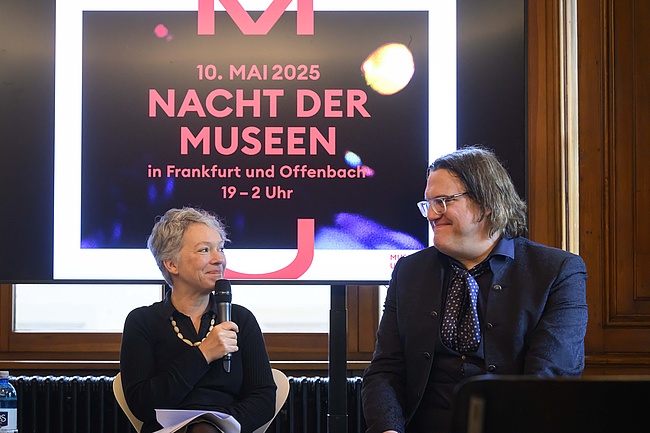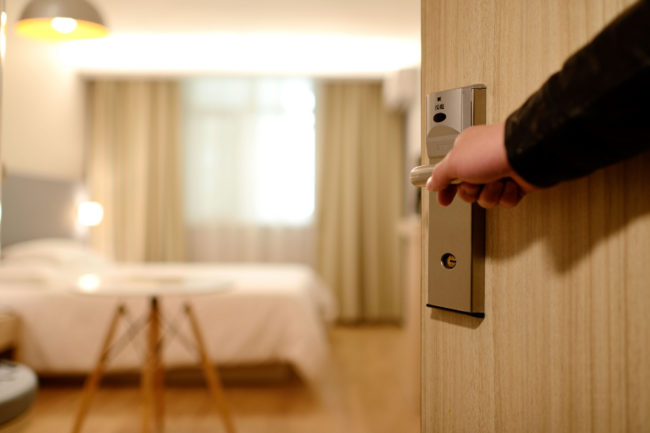The Frankfurt skyline is truly unique in Germany. It is a popular motif with tourists, locals and, increasingly, film-makers. In the coming years, the skyline will change significantly, because Frankfurt is growing - especially upwards. The "Millennium Areal" in the Europaviertel will be home to what will probably be Germany's tallest skyscraper. This has now been announced as part of the decision in the international competition for the high-rise ensemble on the site. The jury, chaired by the architect Johann Eisele, chose the design by the Frankfurt architectural firm Ferdinand Heide as the winner of the competition. Second place went to the architectural office Cobe from Copenhagen. The offices of David Chipperfield Architects (Berlin/London) and Schneider + Schumacher Architekten (Frankfurt) also received commendations.
With the conclusion of the realization competition, a major step has been taken towards the further development of the "Millennium Areal". A mixed-use building ensemble is to be created here with two high-rise buildings of different heights and a perimeter block development. While the block perimeter building and the lower high-rise (Tower B) are to be predominantly residential, which will also ensure the revitalization of the quarter, a mixture of office and possibly hotel use is currently planned for the higher high-rise (Tower A). To complement this, public uses such as restaurants, retail, services and a daycare centre are to be accommodated on the ground floors as well as on the lower floors, creating a lively and diverse ensemble of buildings.
Design by Ferdinand Heide is convincing in every respect
.The winning design by Ferdinand Heide envisages the construction of an approximately 280-metre-high office and hotel tower (Tower A), an approximately 157-metre-high residential tower (Tower B) and a perimeter block building in timber hybrid construction. The two towers will be twisted in on themselves, creating generous terraces and attractive projections and recesses in the building cubature, particularly in Tower A. The "twist" in the two towers will create a "new" building. However, the "twist" in the towers also enables the design to increase the distances between the buildings, which is particularly beneficial for the lighting of the apartments in Tower B and significantly increases the energy yield for photovoltaic systems integrated into the façade. On the ground floor, the design envisages public areas with a high quality of stay.
The crowning glory of Tower A is found in the design of a "skyhall" accessible to the public, which can be used both as an event space and as a viewing platform.
Johann Eisele, the chairman of the jury, says: "Ferdinand Heide's design for the high-rise ensemble convinced the jury with the successful urban disposition of the structures, which also establish a relationship to the existing Tower 185. The design features a successful hierarchy of public spaces and a coherent address formation for the various building parts and uses. It also has spectacular architecture: the tallest building is designed as a twisted sculpture. The upper end of this tower is succinctly shaped and gives the building a striking, unmistakable long-distance effect."
"The competition process has delivered an excellent result that is convincing in terms of sustainability and mix of uses - even in one of the tower tops. The fact that 200 of the total of around 500 apartments are publicly subsidized benefits the social mix of the entire quarter. I am particularly pleased that Ferdinand Heide, an architect from Frankfurt, has won the race. His two high-rise buildings will hopefully soon complement the high-rise cluster at the Messe in terms of urban development and enrich the skyline with their architectural charisma," adds Head of Planning Mike Josef.
Strict sustainability requirements already formulated in the competition announcement
.In addition to outstanding architectural and urban development quality, CA Immo had already formulated the highest and most ambitious requirements for both resource-saving and climate-friendly realisation and future operation of the building ensemble in the competition announcement. This includes an innovative energy concept through which a large part of the energy required by the buildings is to be generated regeneratively directly in and on the building, for example through the use of large-scale photovoltaic systems in the facades of the high-rise buildings and through the storage and use of internal heat sources of the buildings. When it comes to the building materials to be used, importance is attached to ensuring that their extraction and processing meet recognised ecological and social standards. They should bind as little "grey energy" as possible, cause low operating expenses for cleaning and maintenance, have as long a service life as possible and be highly deconstructible and recyclable. CA Immo had already carried out extensive preliminary studies on all aspects of sustainability, the results of which were presented to the participants in the architectural competition as objectives and concrete planning guidelines.
In his design, Ferdinand Heide presented convincing approaches to all these aspects. These include, for example, the realization concept of the perimeter block building in timber hybrid construction and an innovative load-bearing concept for the high-rise buildings, which requires around 20 percent less concrete and steel than conventional construction methods. The requirement to implement photovoltaic systems in the façade of the high-rise buildings was also solved in a way that was both highly energy-efficient and architecturally convincing. Around 3,500 photovoltaic modules on the façade and roofs cover up to 25 percent of the buildings' electricity requirements. In addition, an energy concept has been developed that ensures highly efficient and resource-saving operation of the buildings, for example by using geothermal energy (ground heat) and heat recovery.
Matthias Schmidt, Managing Director of CA Immo Germany and Head of Project Development, says: "The vision we formulated for the ensemble in the competition was not just to develop Germany's tallest office building. We want to see a building here that both sets an exclamation mark architecturally and will be regarded as a new benchmark for sustainable building development in the future. Ferdinand Heide has mastered this task in an outstanding manner like no other office in the competition. We are convinced that this iconographic design does justice to the justifiably high design standards of this project. At the same time, Ferdinand Heide and the specialist planners have shown how innovative construction principles can be used to conserve precious raw materials, save the 'grey' energy bound up in the building and reduce the CO2 footprint right from the creation of the ensemble. The flexibility of the structure also ensures a long-term service life. And the CO2 emissions for the operation of the building were also significantly reduced through the maximum use of renewable energies. Thus, both the use of geothermal energy and the self-production of electricity via extensive solar panels in the facade are planned for the building ensemble."
Construction is not expected to start before 2025/2026. The exact timing has not yet been determined by CA Immo and will depend on a number of factors, including receipt of planning permission, a decision on the final mix of uses and satisfactory market demand and pre-letting levels.














